Can You Use Z Lens On F Mount ?
No, you cannot use a Z lens on an F mount. Z lenses are designed for Nikon's mirrorless Z mount cameras, while F mount lenses are designed for Nikon's DSLR cameras. The two mounts have different flange distances, which means that the lenses are not interchangeable without an adapter. However, it is possible to use F mount lenses on Z mount cameras with an adapter, but the reverse is not true.
Understanding the Z Mount and F Mount Systems
Before diving into compatibility, it's essential to understand the fundamental differences between the Z mount and F mount systems. The F mount, introduced by Nikon in 1959, has been a staple in the photography world for decades. It features a flange distance of 46.5mm and a diameter of 44mm, making it compatible with a wide range of lenses and accessories.
In contrast, the Z mount, introduced in 2018 with the Nikon Z series mirrorless cameras, boasts a larger diameter of 55mm and a shorter flange distance of 16mm. This design allows for more flexibility in lens construction, enabling the creation of faster and sharper lenses with improved optical performance.
Compatibility Challenges
The primary challenge in using Z lenses on F mount cameras lies in the difference in flange distance and mount diameter. The shorter flange distance of the Z mount means that Z lenses are designed to sit closer to the camera sensor. This poses a significant challenge when attempting to mount a Z lens on an F mount camera, as the lens would need to be positioned further away from the sensor than it was designed for.
Additionally, the larger diameter of the Z mount means that Z lenses have a wider base, which may not physically fit into the narrower F mount. These physical and optical differences make direct compatibility between Z lenses and F mount cameras inherently problematic.
Potential Solutions
Despite the inherent challenges, there are potential solutions for using Z lenses on F mount cameras. One such solution is the use of an adapter. Adapters are commonly used in the photography world to bridge the gap between different lens mounts, allowing photographers to use lenses from one system on a camera body from another.
However, creating an adapter for Z lenses to F mount cameras is not straightforward. The adapter would need to account for the difference in flange distance, effectively extending the distance between the lens and the sensor. This extension could potentially introduce optical issues, such as vignetting or loss of sharpness, as the lens is not being used at its optimal distance.
Moreover, the adapter would need to accommodate the larger diameter of the Z mount, which could result in a bulky and unwieldy design. Additionally, electronic communication between the lens and camera body would need to be maintained to ensure full functionality, including autofocus and aperture control.
Optical and Functional Considerations
Even if a suitable adapter were to be developed, there are several optical and functional considerations to keep in mind. Z lenses are designed with the shorter flange distance in mind, allowing for more complex optical designs that can deliver superior image quality. When used on an F mount camera with an adapter, these lenses may not perform at their best, potentially resulting in reduced sharpness, increased distortion, or other optical aberrations.
Furthermore, the electronic communication between the lens and camera body is crucial for maintaining full functionality. Modern Z lenses rely on electronic control for aperture adjustment, autofocus, and image stabilization. An adapter would need to ensure seamless communication between the lens and camera body to preserve these features. Any disruption in this communication could result in a loss of functionality, limiting the usability of the lens.
Practicality and Alternatives
Given the challenges and potential limitations, the practicality of using Z lenses on F mount cameras is questionable. While it may be technically possible with a well-designed adapter, the potential optical and functional compromises may outweigh the benefits. Photographers seeking to use Z lenses would likely achieve better results by investing in a Z mount camera body, ensuring full compatibility and optimal performance.
For those who are heavily invested in the F mount system and wish to explore the benefits of the Z mount, Nikon offers a range of F to Z mount adapters. These adapters allow photographers to use their existing F mount lenses on Z mount cameras, providing a more practical and effective solution. The FTZ adapter, for example, maintains full electronic communication between the lens and camera body, ensuring that autofocus, aperture control, and image stabilization functions are preserved.
In conclusion, while the idea of using Z lenses on F mount cameras is intriguing, the practical challenges and potential limitations make it a less viable option. The differences in flange distance and mount diameter, coupled with the need for seamless electronic communication, present significant hurdles that are not easily overcome.



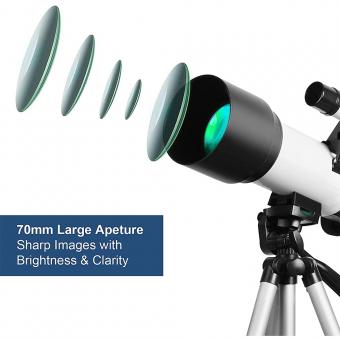
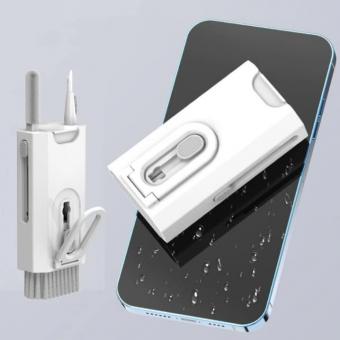
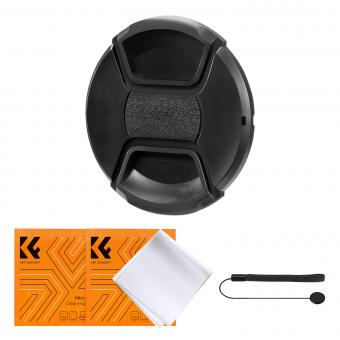
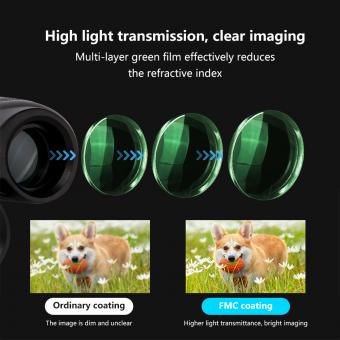




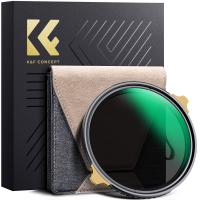
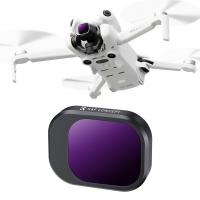
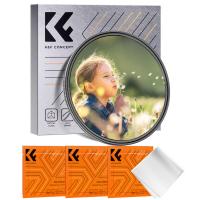
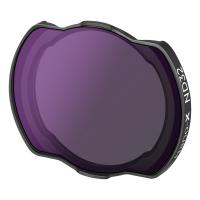
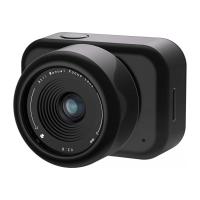
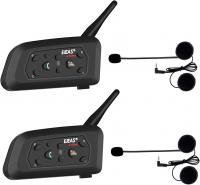
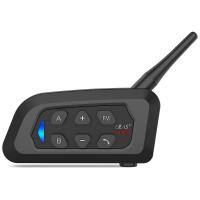





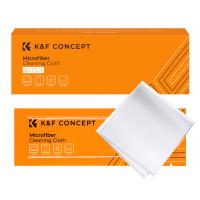

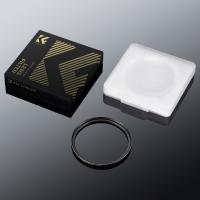
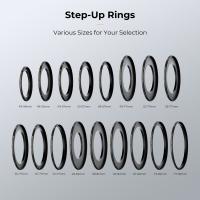
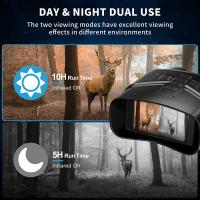
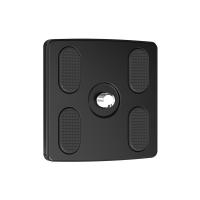

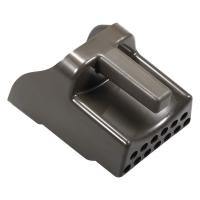
There are no comments for this blog.